Cats shed and here are tools for short and longhaired cats
This is one of the top reasons our short hair cat clients come in for grooms. Here are a few things you can do at home to help with all the fur between grooms.
Short haired cats shed more than their long hair counterparts. They will leave more hair around your home. Not only is it inconvenient to have hair constantly covering your house, this dead hair can cause a host of problems for your cat. This can include hairballs, matting (short haired cats can get matted) and even blockages in their digestive tract, which may lead to expensive surgery. Consistent grooming (every 8-12 weeks) with a bath and blow dry will control the shedding immensely. In the meantime, these are great tools.
We recommend the following tools for our Short Haired Cats
Rubber Curry Brush
This is a rubber brush that fits comfortably in your hand. There are many varieties of this style of brush, some with thicker rubber nubs and some in the shape of a glove. Here’s a photo of the fur removed on this tabby cat who gets groomed every month.
We use a rubber curry in the bath and additional fur gets removed. The material of the rubber curry helps to attract dead hair, while providing a massage that many cats love. Start at the base of the back of the neck and brush down the cat’s body towards the tail. While the rubber curry brush collects a lot of dead hair, it can get messy! So, it is best to brush them while you are in a bathroom or area you can clean up easily. Because this type of tool is very gentle on cat skin, you can use them several times a week to gently remove excess hair.
Click on the button below to learn why cats shed so much.
Cat Comb
A full size comb is a great addition to the short haired cat’s grooming toolbox. The comb should fit comfortably in your hand (NOT a flea comb or tiny comb as the tines of the comb can be too close together for body combing) and the edges, or tines of the comb should not scratch your skin when running across it. As with the rubber curry brush, use the comb from the base of your cat’s neck down the body towards the tail. Go with the growth of the hair to gently remove excess dead hair because it becomes hard clumps.
If your cat is elderly or thin-skinned, be extra gentle when combing down the back of the rear legs, belly and chest to make sure the comb doesn’t catch the skin. If your short haired cat already has hard clumps of hair, then call your professional pet groomer to schedule a grooming appointment to remove the knots as safely as possible.
Tools That Are NOT Recommended
❌ Furminator
This popular brush is very harsh and can easily injury skin and coat on many pets.
❌ Slicker or Wire Brushes
Cat skin is much thinner and more delicate than dogs, combs are a better option than a stiff wire brush.
❌ Pin Brushes or Natural Bristle Brushes
While very gentle, these types of brushes aren’t as effective in removing excess dead hair. However, a natural bristle brush can be used to introduce touching and grooming to a skittish cat before moving on to better tools.
❌ De-Matting Rakes
This style of tool can easily cut or injure cats. Cat matting cannot be broken up and brushed out so these are not as efficient in addition to being dangerous.
❌ Mat Breakers
Mat breaker is another term for de-matting rake and usually describes a smaller, handheld model. These have sharp edges and are designed to cut through hair (and skin, ouch!) and are not appropriate for cats or home use.
❌ Scissors, Letter Openers, et.
Please do not try to cut mats out! Mats can hide skin tucked up inside them and you can easily cut your cat’s skin requiring a vet visit.
If you don’t have time to deal with all the fur, let us do it. Consistent grooming can help cut down on the time you spend picking fur up all over your home.
For a list of our grooming services and to schedule a groom, please click here. The best way to schedule an appointment is to fill out our online form.


